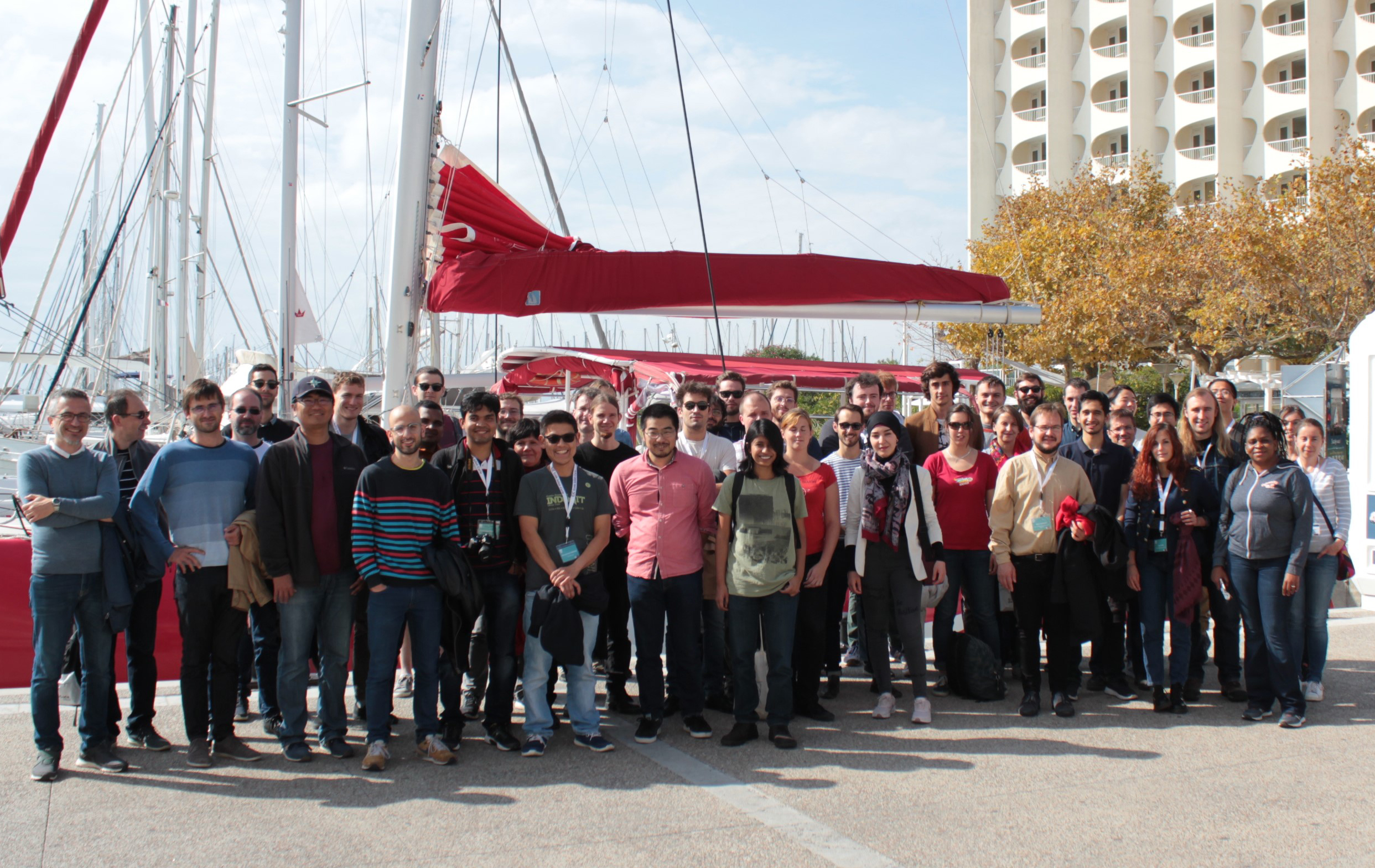
The 37th edition of the Joliot-Curie International School covered the essential role of quark and gluon correlations inside hadrons. The description of high and low-energy scattering within Quantum Chromodynamics (QCD) have developed very rapidly in the last few years following some unexpected results from three independent accelerator facilities: the Relativistic Heavy Ion Collider (RHIC), the Large Hadron Collider (LHC) and Jefferson Lab (JLab). Observations include correlations between partons in quark-gluon plasmas (QGP), nucleons in nuclei and multiple parton interactions in hadron systems. In parallel to these experimental outcomes, the theoretical understanding of the internal structure of the nucleon in terms of quarks and gluons has made tremendous progress recently, and tools such as Generalized Parton Distributions (GPDs) and Transverse Momentum dependent Distributions (TMDs) have improved the description of hadron collisions at high energy.
This year's edition of the school focused on both the new experimental results and the theoretical tools required for their interpretation. Lectures covering all these aspects were complemented with practical workshop sessions. The students were able to present their work within two poster sessions during the first days of the school.
The school took place from October 7 (Sunday) to 12 (Friday) 2018 at La Grande Motte (south of France).
Photos from EJC 2018(use ie preferably)
EJC2018 is an event with the support of:
CNRS, CEA DAM, CEA DRF, CEA IRFU, LPC Caen, IPN Orsay, CSNSM Orsay, GANIL Caen, SUBATECH Nantes, IPN Lyon, LPC Clermont, ISOLDE, IPHC Strasbourg, labex P2IO, labex P2I, GDR QCD, LPSC-Grenoble.